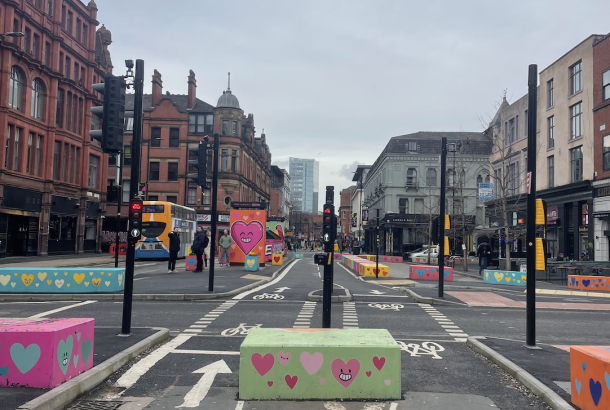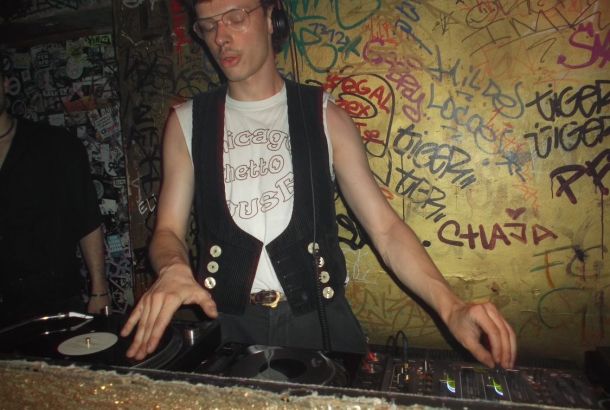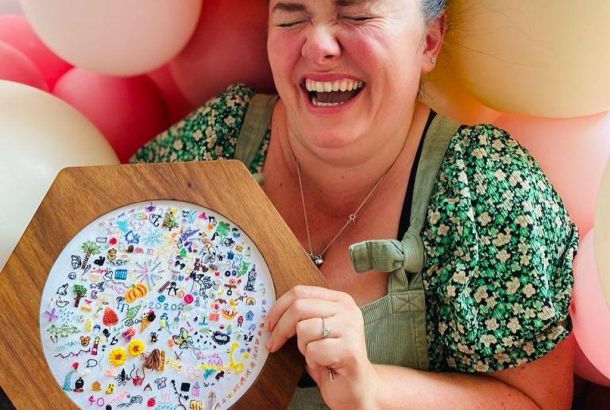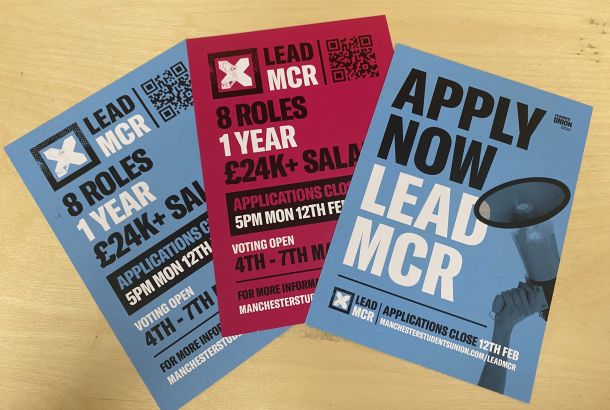Redefining “The Safe Space”: Black Girls’ Space
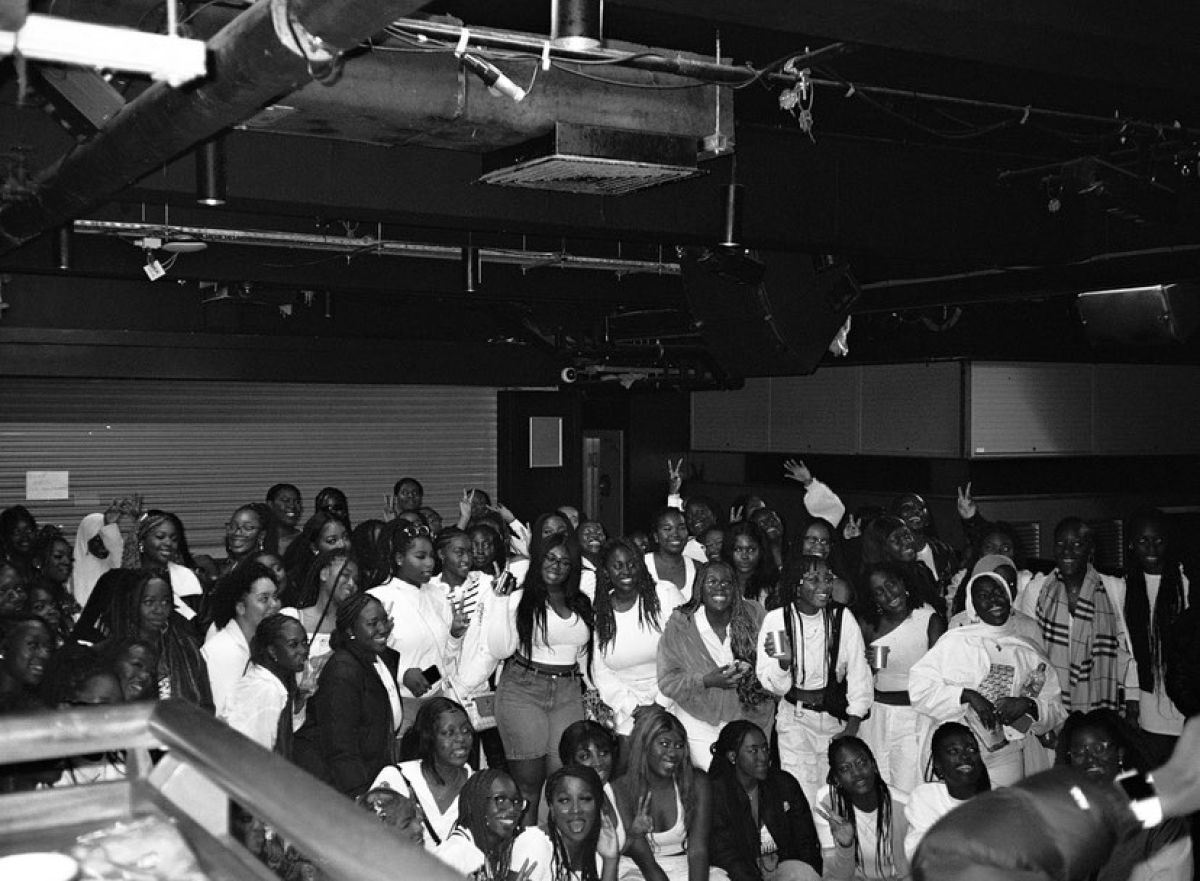
What is a “safe space”? A quick google search reports that “safe spaces” are physical spaces that are both inhibitors of free speech principles and vital to making people feel welcome within a society. However, one of Manchester’s intersectional feminist societies, Black Girls’ Space (BGS), is seeking to redefine the term. They consider their “safe space” to be a vehicle for social change, or better yet, the manifestation of ambition.
Black Girls’ Space markets itself as a place for Black female students at Manchester to “grow and develop together”. Spanning both the University of Manchester and Manchester Metropolitan University, it aims to “unite in unity, for the community, and career and personal development”. With over 300 members and sponsorship deals with targetjobs and American Express, this “safe space” does not simply upset what “safe spaces” are, but also what they can achieve.
Moreover, the society is unique in offering a “safe space” to Black women, targeting a common accusation against feminist spaces: that they largely speak to the demands of an economic and racial elite group within society, rather than reflecting the diverse female populous. A Mancunion survey distributed by the Manchester Feminist Collective and BGS of “women of colour” reveals that 58.3% of participants do not think feminism at the University of Manchester or Manchester Metropolitan University is intersectional, even if 75% of the same group see both universities as diverse.
The Mancunion met Tessy Idemudia – the co-chair of BGS – to discuss the role of the society on campus. We were particularly keen to ask what had prompted her to establish the society and its broader aims.
“Our university is pretty white,” Tessy responds, without a moment’s hesitation. “In my seminars last year, almost everybody was white. I was struggling to find Black girls to socialise with.”
I wanted to delve further. What happened for Tessy to feel it necessary to create a space specifically for Black girls on campus? After all, the university has one of the large Afro-Caribbean Society’s in Britain (ACS), and a Feminist Collective with almost 19.1k followers on Instagram.*
She says, “Whenever we talk about racism targeted towards Black people, it’s always in relation to Black men. It’s Black History Month right now – how many students could name more than five or ten prominent Black women in history?”** She describes this as misogynoir – misogyny directed towards Black women for being both Black and female.
Whilst the feminist collective provides a safe space to enable gender liberation, and societies like the Afro-Caribbean Society (ACS) enable a cultural space for Black students, no society existed to counter misogynoir. Not until BGS. This leads to the question: what are the consequences of misogynoir?
According to Tessy, “Black women are taught to be strong. We’re supposed to tolerate whatever comes at us. That’s by Black and non-Black people… the kinds of nonsense they go through – I could never.” BGS’s role is to prevent the convergence of misogyny and racism from inside and outside the Black community. In short, they serve to ensure the success of intersectional feminism at Manchester, empowering those they see as disenfranchised.

The claims of BGS are hardly novel – for decades, mainstream feminism has been critiqued for its focus on wealthy white women, whilst movements seeking to boost racial inclusion have been judged as lacking consideration for women. For example, Kenya Barris’ TV show Black-ish articulated that many Black women had to choose between movements for gender equality and movements for racial equality. Black Girls’ Space appears to be the first example of an organisation specifically focused on dealing with these problems at the University of Manchester and Manchester Metropolitan University.
At this juncture, I find myself wondering whether the problems addressed by BGS are experienced by other female communities who do not fit the frame of a middle-class, white mainstream. Do they see themselves as being let down by their cultural circles and mainstream feminism? If they face the same struggles, are they for similar reasons?
BGS’s success suggests a keen demand for female safe spaces that promote ambition and determination on campuses across the country. In our dangerously mercurial political culture, the “safe space” is presented as the enemy of free speech or as an enabler of hollow isolationism. BGS uproots this dichotomy, and its success in Manchester brings into question our understanding of why safe spaces exist.
*As of November 2022
**This interview was conducted during October – Black History Month in the UK.
Our thanks to BGS and the Manchester Feminist Collective for their help.
